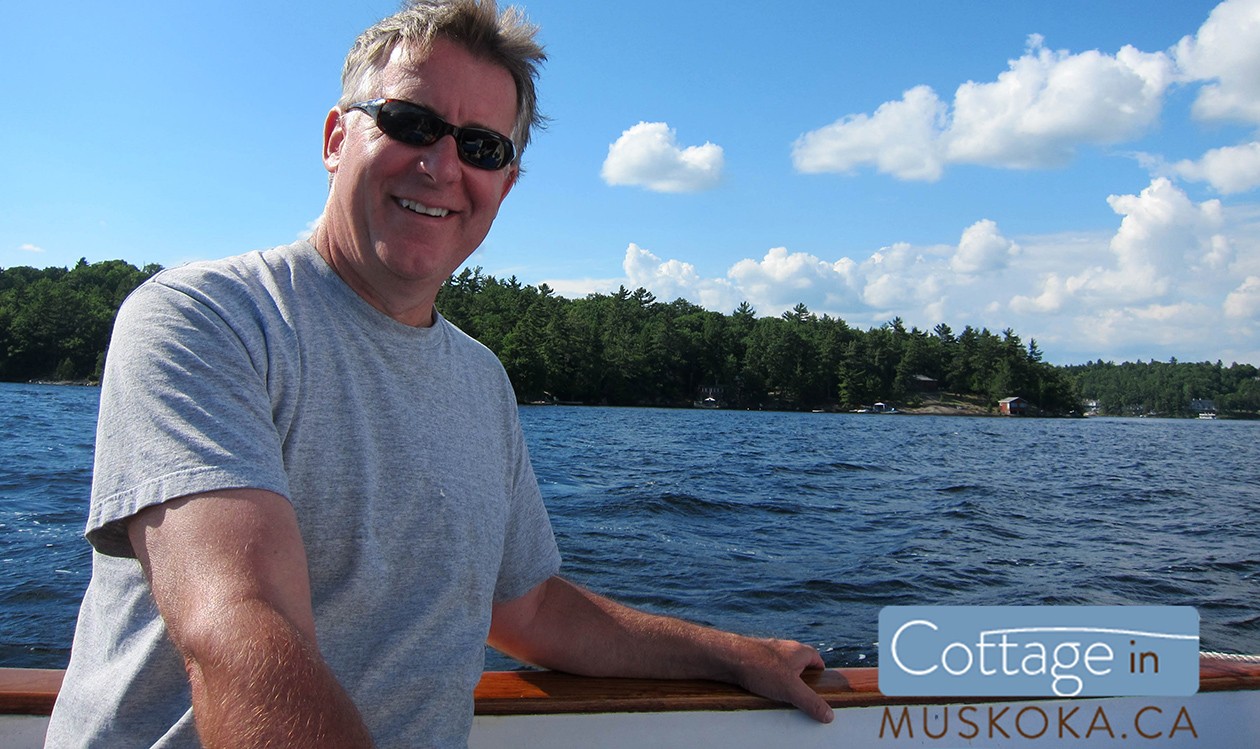From the Muskoka Watershed Council Lecture Series I have just finished editing and have just posted this video on the Muskoka Watershed Council’s YouTube page.
All of us should be familiar with the fact that in Muskoka, our environment is our economy; over half our GDP comes from tourism and cottaging. In this lecture, Peter Sale attempts to convince us that our environment is far more than our economy.

Every year some 5 billion cubic metres of water pass through Muskoka – that’s 3 1/2 times the entire volume of Lake Muskoka. Half is evaporated or transpired by Muskoka’s forests and plants, the other half – some 2.5 billion cubic metres flows into Georgian Bay. As climate change affects Muskoka – producing warmer and wetter winters, but dryer summers with more intense storms – we may be trying to find ways to hold on to that water, just a little longer; maybe the beaver has a solution for us.
Peter, who describes himself as a strange, but harmless ecologist, talks about some of the many creatures in Muskoka including the beaver, the expected effects for Muskoka from climate change, an idea or two on solutions, and that there are other ways of valuing our environment other than simply to value it as a storehouse of resources to dig up and take away.


















